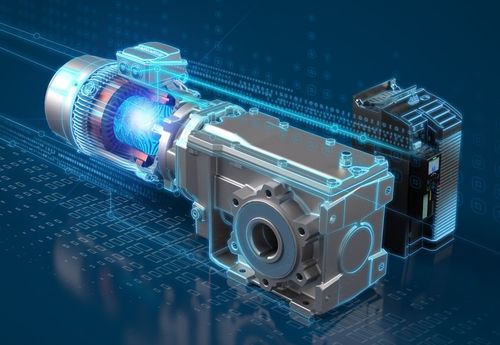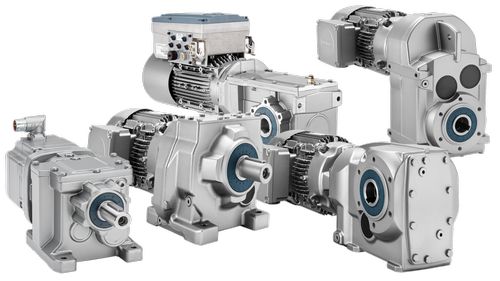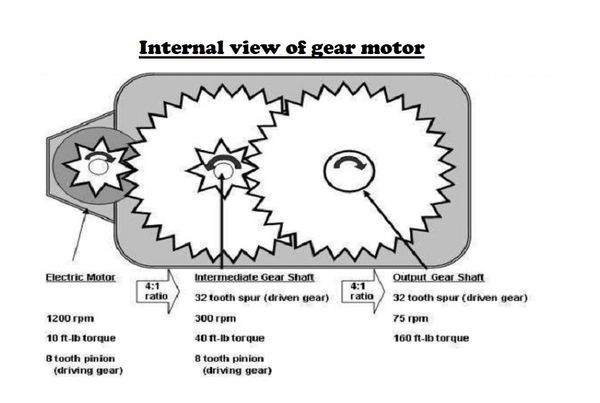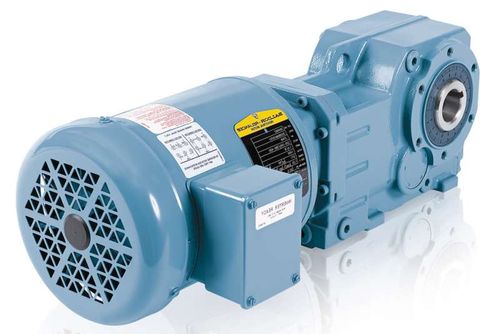What is DC Gear Motor?
24.04.2022
Any industrial mechanism requires a source of mechanical energy for its operation. As such, an electric motor is the most common. The need for coordination with the final mechanism arises only on two parameters - speed and torque on the motor shaft. General-industrial versions of electric motors provide a relatively high speed and a small torque. In contrast, mechanisms usually require high torques at low speeds. One way to resolve this contradiction is to use a gear motor.
What Is a Gear Motor?
A gear motor is an electric motor and a power reducer combined into a single unit that reduces the number of revolutions but increases the torque of the operating shaft. Such gears for electric motors are often used in modern machines and mechanisms, it is universal for many types of equipment. Some hybrid models combine practicality and durability. The housing is made of plastic and the gears are made of metal. This design gives a minimum noise level during the operation of the devices, the voltage can be from 12 to 24 V.
A hybrid gear motor is considered the best option when it comes, for example, to household appliances. Without it, a cordless mixer, a portable music speaker, an electric toothbrush or electric razor, a car vacuum cleaner, and much more would not work. Even the device that automatically opens curtains or raises blinds has a gear motor.
What are Gear Motors Used For?
Depending on the type of gear reducer, equipment is divided into several types -
spur gear, planetary gear, worm gear, helical-worm gear, wave gear, DC motor gear sets are improving.
Below we will consider the descriptions of helical and worm type motor-reducers, as the most widely used in modern mechanical engineering.
Gearmotors are widely used in machinery and equipment:
- mechanical engineering enterprises;
- agriculture;
- metallurgical plants;
- mining industry;
- enterprises of woodworking;
- railway transport;
- light industry, as well as in many other areas of activity, where it is necessary to ensure the conversion of electrical energy into mechanical energy with high requirements for compactness.
Every year the scope of such devices is expanding, new models are replacing outdated ones, and the mechanisms are made of plastic instead of metal gears lubricated by special oil. In some aspects, the new manufacturing format makes the device less durable, but the reducer thus acquires new qualities - compactness and low weight. There are some designs in which the use of a plastic geared motor is unacceptable due to the increased load, but there are so-called hybrids, which are made of metal and plastic.
This type of manufacturing has proven to be a reliable and trouble-free assembly because the housing is made of durable plastic and the gears are made of metal. In some models, the first stage gears are also made of plastic, since the loads on the first stage gearbox of low-power motors are not so great. This allows for some compromise in the practicality and durability of geared motors.
Domestic appliances use this type of gear motor because they make as little noise as possible during operation, which is very good for use in the home. You can find them in cordless kitchen mixers, some electric shavers, and other devices. The most common voltage used in these gear motors is 12V or more depending on the type of motor and the end device.
Gear motor working principle

The gear motor is designed as a mechanical gear unit combined with an electric motor. This makes it possible to have one installation site instead of two in a processing plant. Also, you will not have to ensure the tolerance of the motor and gearbox shafts, to select and mount the coupling that transmits the rotation. The overall design of the gear motor has some differences from the split versions. The gear housing is made with the necessary safety margin to ensure the reliable operation of the device with a heavy motor attached.
For mounting the motor on the housing, special slots are provided. The gear motor drive pinion has cylindrical holes for mounting the drive motor shaft. The housing is additionally provided with mounting elements for installing the gear motor in the processing unit. Any type of electric motor can be used as the electric drive of the gear motor. The most common models use standard asynchronous motors. For the realization of the monoblock design, flange-type models are chosen.
The principle of gear motor working does not differ from the operation of a classic electric gear drive. The motor torque is transmitted to the drive pinion, which is mounted on the motor shaft. Thanks to the gearing, the torque is converted by one or more driven elements, which in turn act on the shaft of the technological mechanism.
The output rotation speed depends on the motor parameters and the gear ratio. Multistage models are used to obtain a higher conversion ratio. When speed corrections are required, geared motors can easily be integrated into speed-controlled systems via controlled converters.
How Geared DC Motor Works
The general principle of a DC gear motor is that the first part of it converts some energy into mechanical energy, and the second element is already designed to transfer the available mechanical energy to the output shaft to change its speed.
This unit is quite compact, while at the same time it performs a huge amount of work.
- The low physical weight of this device also increases its mobility.
- The DC motor gearbox has a fairly high coefficient of efficiency.
- Installation and maintenance of this electromechanical unit are quite simple.
Eltra Trade offers a large selection of motors for various needs from leading companies like ABB, Siemens, Lenze, and Schneider Electric. Our expert managers are ready to help with selection and answer questions. We provide worldwide delivery and the best prices for our customers.